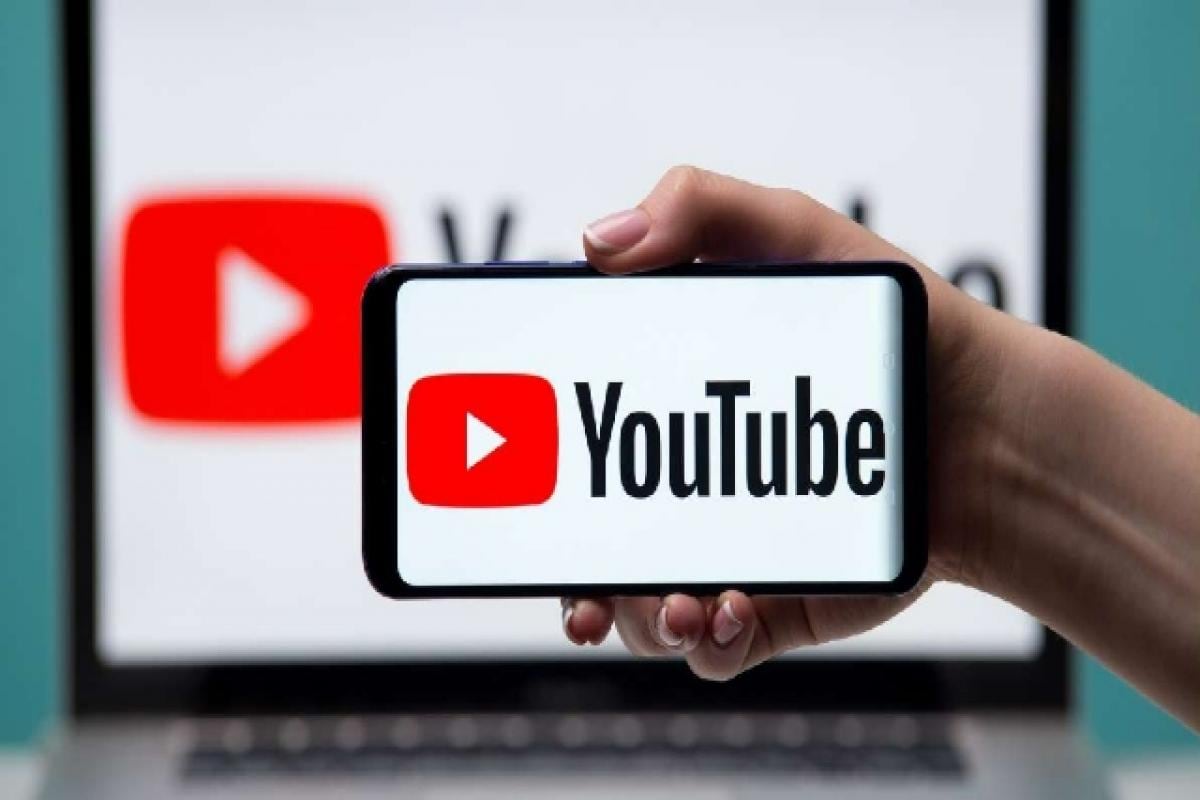In a surprising turn of events, YouTube, the renowned video-sharing platform owned by Google, is reportedly toying with the idea of introducing a less desirable viewing experience for users on their living room televisions. In a departure from the norm, YouTube is planning to present 30-second advertisements that viewers simply cannot skip, unless they subscribe to the premium version of the service.
Traditionally, users who do not subscribe to YouTube Premium are accustomed to encountering two 15-second ads interspersed throughout the videos they watch on their televisions. However, under the proposed changes, these ads will be combined into a single, protracted commercial, effectively disrupting the immersive storytelling experience that users have grown accustomed to.
To compound matters, even the act of pausing a video to attend to other tasks such as using the restroom, preparing food, or taking a break will no longer provide respite from the onslaught of advertising. Instead, users will be bombarded with a pause screen advertisement. Notably, this pause screen ad will appear on the right side of the paused video, which will be reduced to a large thumbnail, while the remainder of the display showcases a static advertisement containing a QR code or other promotional information. Although this pause screen ad can be dismissed with a simple click, the persistent effort by Google to permeate every available space within its ecosystem with ads is undoubtedly frustrating for users.
Recently, Google began incorporating ads into the search bar of the Google Play Store and placing additional advertisements at the top of users’ inboxes in Gmail. While an official release date for the unskippable 30-second ads or the pause screen ads has not been announced, it is clear that users are less than enthusiastic about these developments, regardless of the potential gains for advertisers.
The introduction of unskippable TV ads represents a significant departure from YouTube’s current advertising model, which has long relied on user engagement and choice. Critics argue that this move may jeopardize the delicate balance between content consumption and advertising, potentially alienating the very audience that YouTube relies upon for its continued success. As YouTube navigates this new territory, the repercussions of this decision remain uncertain.
It remains to be seen how users will respond to these forthcoming changes, and whether the allure of uninterrupted video content will be enough to entice them into subscribing to YouTube Premium. Nonetheless, the prospect of extended, unskippable ads intruding upon cherished storytelling moments and the subtle encroachment of pause screen advertisements has undoubtedly raised eyebrows within the YouTube community.
As the digital landscape continues to evolve, platforms must tread carefully, as the delicate relationship between user experience and advertising revenue hangs in the balance. Only time will tell how YouTube’s experiment with unskippable TV ads will shape the future of online video consumption and the boundaries of user tolerance.


